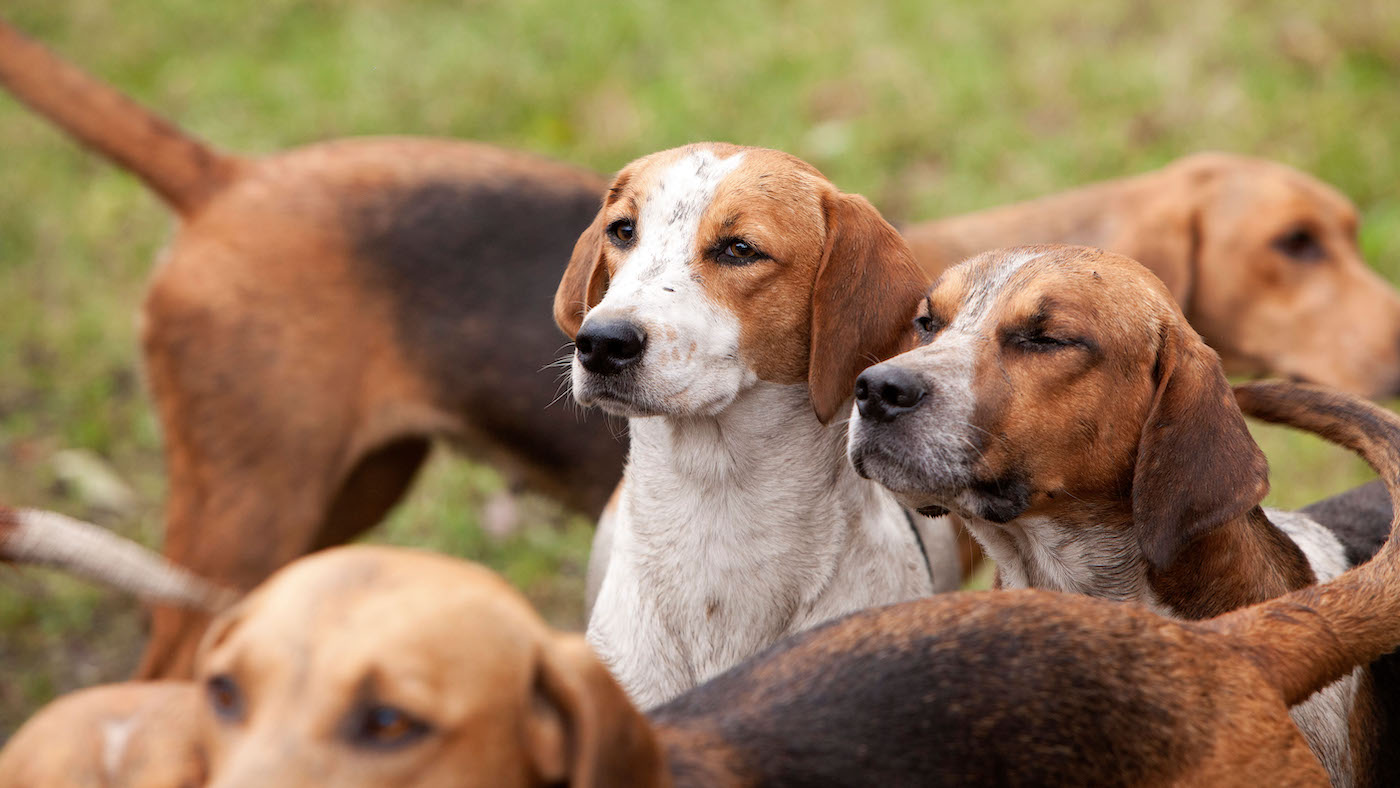
Origins of the Harrier Hound
Historical Background
The Harrier’s story begins in medieval England, around the time of the Norman invasion in 1066. These early noblemen brought with them several types of hounds, which they used primarily for hunting hares—an activity that contributed to the dog’s early development. The first documented pack specifically recognized as Harriers appeared in England in 1260, known as the Penistone pack. This breed, distinct and loyal, became a favorite among hunters who preferred to chase their game on foot, setting them apart from the horse-mounted Foxhound hunters.
What makes the Harrier particularly captivating is its enduring heritage as one of the oldest hound breeds recognized by the American Kennel Club, officially noted in 1885. Today, it stands as a testament to centuries of hunting tradition.
Ancestry and Lineage
The genealogy of the Harrier is both rich and varied, often sparking debate among dog enthusiasts. Some believe that the Harrier was bred by crossing the Greyhound with the now-extinct Southern Hound, while others theorize its lineage includes:
- Bloodhounds
- Talbot Hounds
- Basset Hounds
- English Foxhounds
Despite the mixed ancestry, what unifies these influences is the Harrier’s unyielding scent-trailing abilities, an essential trait in hunting. Though often confused with similar breeds like Beagles or Foxhounds, the Harrier stands out as a unique breed—both in physical stature and temperament.
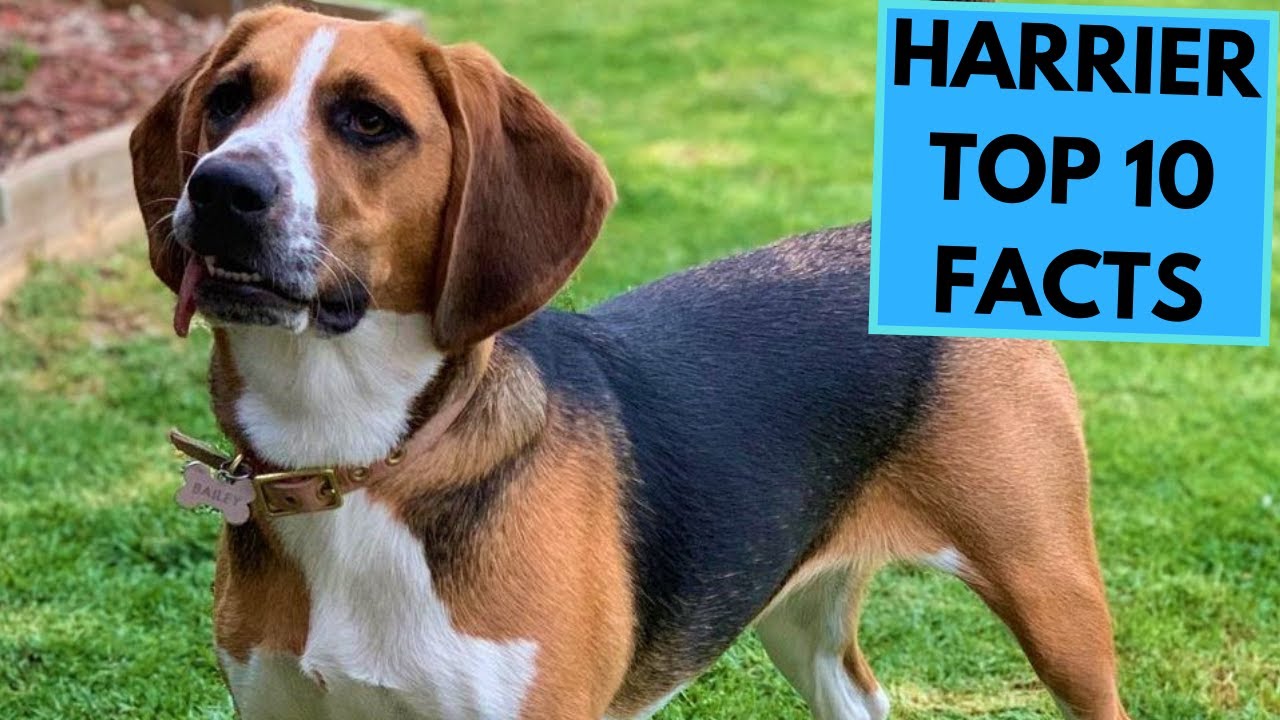
Physical Characteristics
Size and Appearance
The Harrier is a medium-sized breed, typically measuring between 20 to 24 inches tall at the shoulder and weighing 45 to 60 pounds. This size places them comfortably between a Beagle and an English Foxhound. Harriers are recognized for their well-balanced physique, exhibiting a muscular build that enables them to be agile and swift hunters.
Their overall appearance is both athletic and sturdy, demonstrating the attributes necessary for long days of trailing game. With a strong neck and a deep chest, Harriers exude confidence and poise. They have expressive eyes, often hazel or brown, that radiate the friendly nature this breed is known for.
Coat Type and Color
Harriers don a short, dense coat that feels harsh to the touch—a trait essential for withstanding dense undergrowth while hunting. This coat is not only practical but also glossy, reflecting the dog’s overall health. Common color combinations include:
- Black, white, and tan
- Lemon and white
- Red and white
All color variations are equally accepted and contribute to the breed’s unique charm. Easy to maintain, the Harrier’s coat requires minimal grooming; a weekly brushing suffices to keep it in good condition and free from loose hairs, ensuring that both pet and home remain tidy.
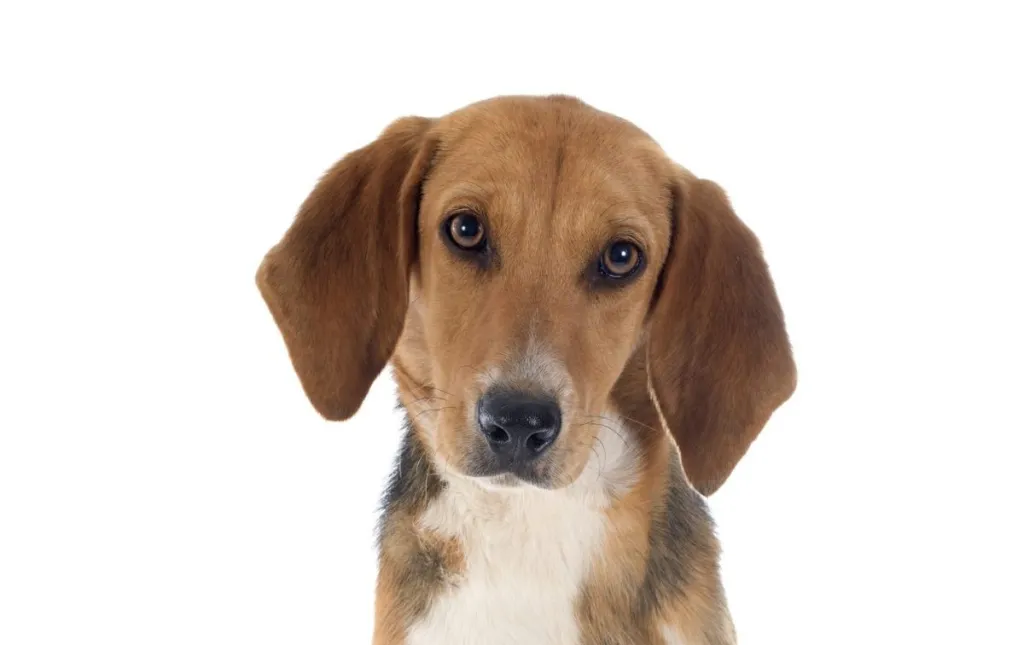
Temperament and Behavior
Personality Traits
The Harrier is known for its friendly and social disposition, making it a delightful companion. While they may not be as overtly outgoing as their Beagle cousins, Harriers embody an “everyone-is-my-friend” attitude and readily engage with both people and other dogs. Owners often describe their Harrier as loyal and devoted, always striving to please, whether out on a hunt or lounging at home.
- Vocal Communicators: Harriers are quite talkative, often using moans, grumbles, and even a classic hound bay to express themselves, adding to their unique personality.
- Energetic Nature: With high stamina, they’re well-suited for outdoor activities. Owners often find that this breed loves to play and requires structured exercise to keep their minds and bodies active.
However, their independent streak can present challenges during training; consistency and positive reinforcement are essential for successful obedience.
Suitable Environments
Harriers thrive in active households where they can enjoy regular outdoor activities. They are not ideal for apartment living due to their high energy levels and need for space. The perfect environment for a Harrier includes:
- A Secure Yard: A fenced area where they can roam safely is essential, as they can easily be distracted by scents and wander off.
- Active Families: They do well in homes with children and other dogs, but caution is needed if there are smaller pets, as Harriers have a strong prey drive.
Ultimately, a loving home that appreciates their playful, sociable spirit is key to the Harrier’s happiness.
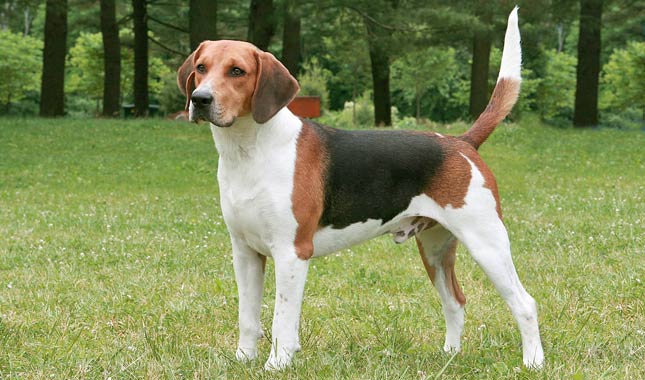
Harrier Hounds as Working Dogs
Hunting Abilities
The Harrier is renowned for its exceptional hunting skills, originally bred in the 1200s in England to track and chase hare in packs. Their muscular build and razor-sharp instincts make them agile, capable, and enduring hunters. When unleashed, Harriers will work tirelessly, following their noses through challenging terrains to locate their quarry.
Some characteristics that highlight their hunting prowess include:
- Strong Scenting Ability: Harriers possess an excellent sense of smell, allowing them to track scents over long distances.
- Endurance: This breed was designed for long hunts, meaning they can keep pace with hunters throughout extensive outings.
- Team Players: As pack hounds, they work well in groups, making them ideal for communal hunting expeditions.
Whether you’re seeking a companion for leisurely walks or an eager partner for hunting trips, the Harrier offers versatility and devotion.
Training and Exercise Needs
While Harriers are intelligent and eager to please, their independent streak can make training a challenge. Therefore, early obedience training and socialization are essential. Effective strategies include:
- Positive Reinforcement: Use treats and praise to encourage good behavior, making them feel rewarded for their efforts.
- Consistency: Clear expectations and commands from the start are crucial, as Harriers can easily become mischievous without proper guidance.
In terms of exercise, Harriers require at least two hours of physical activity every day. Regular walks, hikes, and off-leash playtime are vital to channel their energy constructively and prevent boredom-related mischief. Whether chasing a ball or competing in agility courses, these spirited dogs thrive with ample opportunities for physical and mental stimulation.
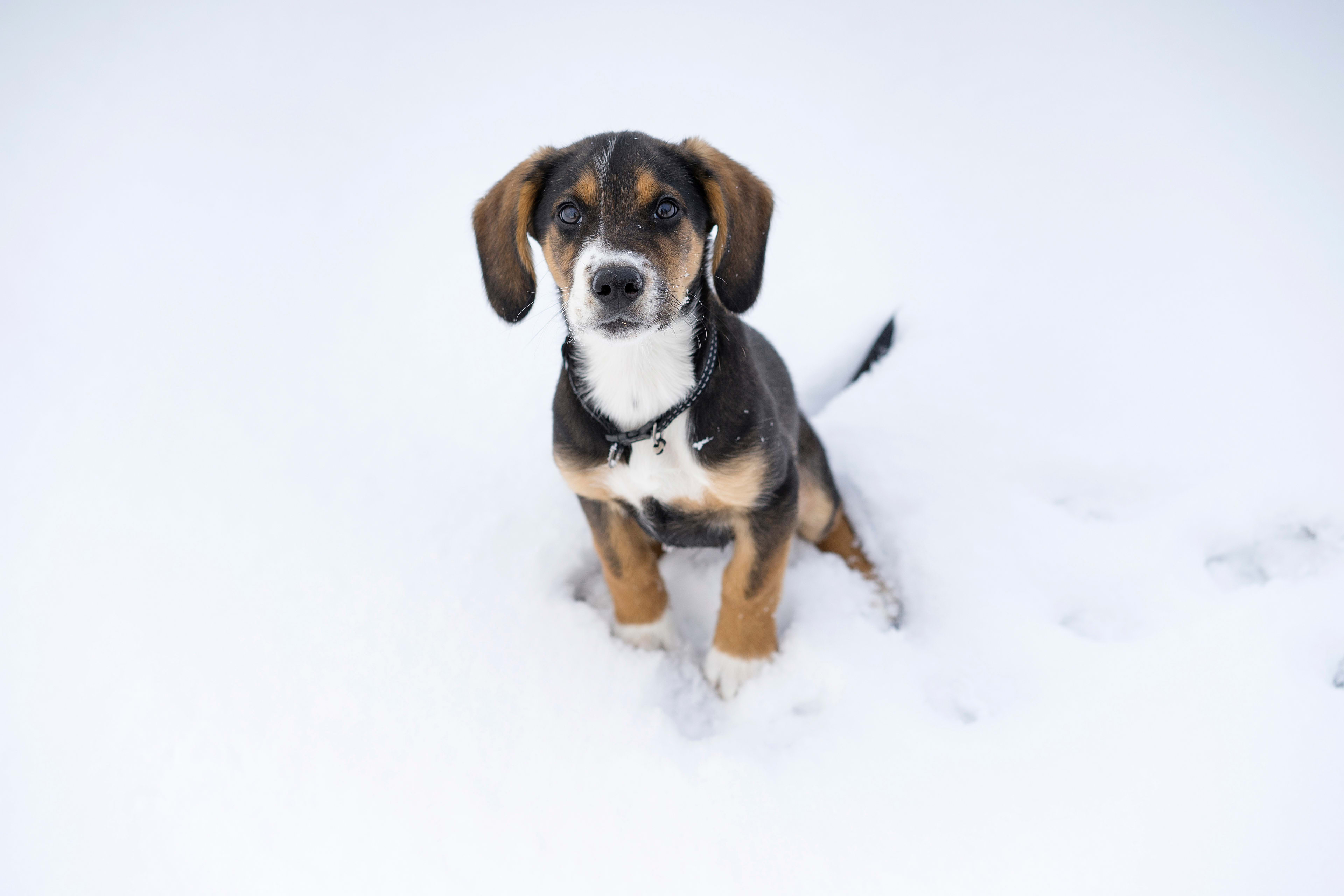

Health and Care
Common Health Issues
The Harrier, while generally a healthy breed, can be susceptible to certain health conditions typical to its lineage. As with all dog breeds, it’s vital to be aware of these potential issues to ensure your Harrier lives a long, happy life. Some common health concerns include:
- Hip Dysplasia: This is a hereditary condition where the hip joint fails to develop properly, causing pain and lameness.
- Ear Infections: Thanks to their long ears, Harriers are prone to ear infections. Regular cleaning can help prevent this issue.
- Eye Issues: Conditions such as cataracts or other hereditary eye problems may arise, making regular veterinary check-ups essential.
To minimize risks, always purchase your Harrier from a responsible breeder who screens for these conditions.
Grooming Requirements
Grooming the Harrier is relatively low-maintenance, thanks to its short, dense coat. Here are some essential grooming tips:
- Brushing: A weekly brushing with a soft-bristle brush or grooming mitt helps remove loose fur and distribute natural oils.
- Bathing: Typically, they can be bathed once a month, although this varies depending on their activity level and the dirt they encounter.
- Nail Trimming: Regular nail maintenance every few weeks is vital to prevent discomfort during walks.
- Ear Care: Weekly checks for dirt and moisture can prevent ear infections.
With routine care and attention to health issues, your Harrier will remain a healthy and vibrant companion for years to come.



Famous Harrier Hounds
Notable Individuals
Throughout history, several Harrier hounds have made their mark, becoming symbols of this rare breed’s rich heritage. One notable Harrier was Ch. Mr. Reynal’s Monard Harrier, who gained recognition in the early 20th century for his impressive performance in the show ring and as a hunting companion. His legacy showcases the breed’s unique characteristics and versatility, appealing to both hunters and pet enthusiasts.
Additionally, the legendary Penistone Pack, recognized as one of the first documented Harrier packs, played a crucial role in establishing the breed’s reputation as skilled hunting dogs. These Harriers were renowned for their endurance and ability to track hares through the English countryside.
Contributions to the Breed’s Legacy
The Harrier has contributed significantly to various hunting traditions, particularly in the UK. As a medium-sized hound perfectly suited for hare hunting, their agility and endurance allow them to thrive in diverse terrains.
Moreover, Harriers have influenced the breeding of other scent hounds. Their genetic lineage can be traced in modern hound breeds like the Foxhound and Beagle, making them crucial to the development of scent-tracking dogs.
Today, organizations like the Harrier Club of America continue to celebrate and promote the breed, ensuring that the legacy of the Harrier endures for future generations. With a community dedicated to maintaining the breed’s unique traits, the Harrier remains a beloved companion and working dog, bridging the gap between tradition and modern canine companionship.

Popularity and Conservation Efforts
Current Status
The Harrier is considered a rare breed, cherished for its unique hunting abilities and friendly temperament. Currently, it is ranked around 165th among AKC registered breeds, reflecting its limited presence in the general dog population. This scarcity can be attributed to several factors, including evolved hunting practices and changes in pet ownership trends. While many folks appreciate the Harrier’s gentle disposition and active nature, its rarity means that finding one as a pet can be challenging.
In recent years, however, there has been a resurgence of interest in the breed, especially among hunting enthusiasts and active families looking for a friendly and sociable companion.
Preservation Initiatives
Recognizing the importance of preserving the Harrier breed, several organizations have stepped up to advocate for its welfare. The Harrier Club of America plays a pivotal role in promoting responsible breeding practices, hosting events, and educating current and future owners about the breed’s needs.
- Rescue Efforts: Dedicated rescue organizations work tirelessly to rehabilitate and rehome Harriers in need, providing second chances for those who may have been abandoned or surrendered.
- Community Engagement: Local groups often host activities that encourage socialization and bonding, ensuring that both people and their Harriers thrive together.
Through these concerted efforts, the Harrier breed’s legacy is maintained, promoting both its historical significance and its role as a beloved family companion.
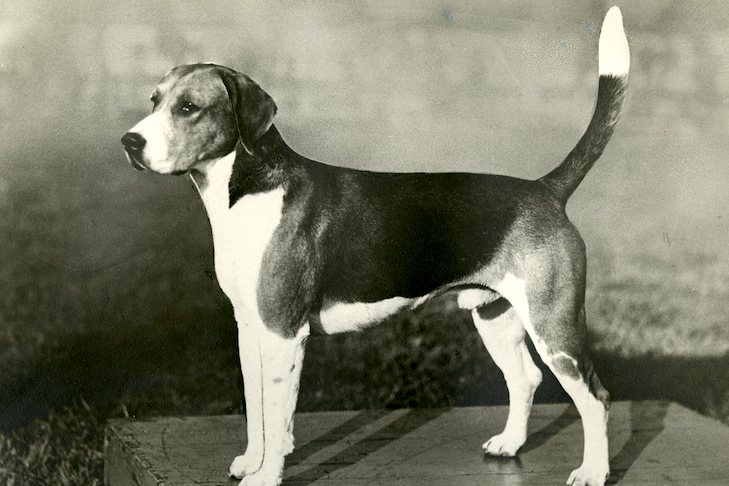

Conclusion
Summary of the Breed
The Harrier is a unique and engaging breed, known for its energetic spirit and friendly demeanor. With origins tracing back to the 13th century, this medium-sized hound has been cherished for its exceptional scenting ability and endurance while hunting hares. Harriers are social, pack-oriented dogs that thrive in active households, making them excellent companions for families and outdoor enthusiasts alike.
- Key Characteristics:
- Height: 19-21 inches
- Weight: 45-60 pounds
- Lifespan: 12-15 years
- Temperament: Outgoing and friendly
- Exercise Needs: Minimum of two hours per day
Future Prospects and Considerations
As a rare breed, the Harrier faces challenges regarding conservation and popularity. Increased awareness and appreciation through breed clubs and rescue organizations are crucial for the breed’s future. Potential owners should be informed of the Harrier’s specific needs, including regular exercise and socialization.
To ensure this beloved breed thrives, continued efforts in responsible breeding and rescue initiatives will be essential. By fostering a supportive community around the Harrier, we can celebrate its rich history while ensuring it remains a cherished companion for years to come. Whether as a working dog or a family pet, the Harrier has a lot to offer and deserves recognition in the canine world.

Leave a Reply